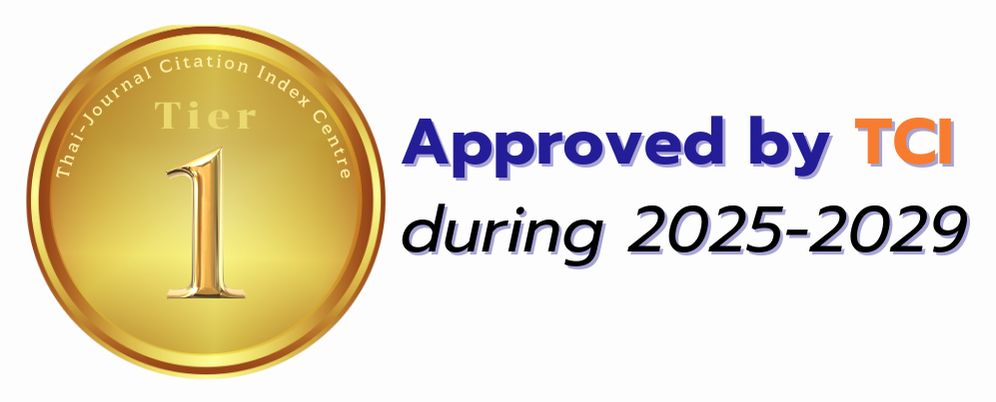Plant community structure of Melientha suavis bearing deciduous dipterocarp forest at the Banpong royal-initiated development project, Maejo University, Chiang Mai Province
Keywords:
forest structure, DBH-classes distribution, deciduous dipterocarp forest, Melientha suavis Pierre, BanpongAbstract
This study was conducted to evaluate a structure of the deciduous dipterocarp forest where Melientha suavis Pierre was found and to elucidate some aspects of M. suavis ecology. A 200 x 200 m permanent plot was set up to measure diameter at breast height (DBH) of all plants with DBH of at least 1 cm. Locations of all trees within a plot was recorded as well as diameter at root collar of M. suavis. The study found that there were 2,291 trees found per hectare, from 40 species, 36 genera, and 22 families. Species with the highest DBH was Shorea obtusa with the value of 54.71 cm. S. obtusa, S. siamensis, Dipterocarpus obtusifolius, Gluta usitata, and D. tuberculatus were the top five species with the highest Importance Value Index (IVI) of 66.46, 56.87, 51.56, 33.84, and 33.64, respectively. The areas Shannon-Wiener Index was 2.08. Distribution of trees within each DBH class was found to be in a negative exponential form, with most trees occupied a 5.0-7.5 DBH class indicating that the forest under study was in a reestablishment stage. Relationship between DBH and height in form of hyperbolic equation yielded the coefficient of a and Hmax of 1.338 and Hmax of 23.15 m. In terms of M. suavis ecology, it was found that there were 794 M. suavis stands in the area under investigation with the density of 202 stands/ha. The maximum diameter at root collar of M. suavis was 3.75 cm. Most M. suavis was found to fall in the 0.25-0.5 cm. diameter at root collar range. Analysis of Variance within a 20 x 20 subplots indicated that average diameter at root collar, number of trees, number of Dipterocarpaceous trees, and number of S. siamensis were found to be significantly different along different elevations.
Downloads



.png)





